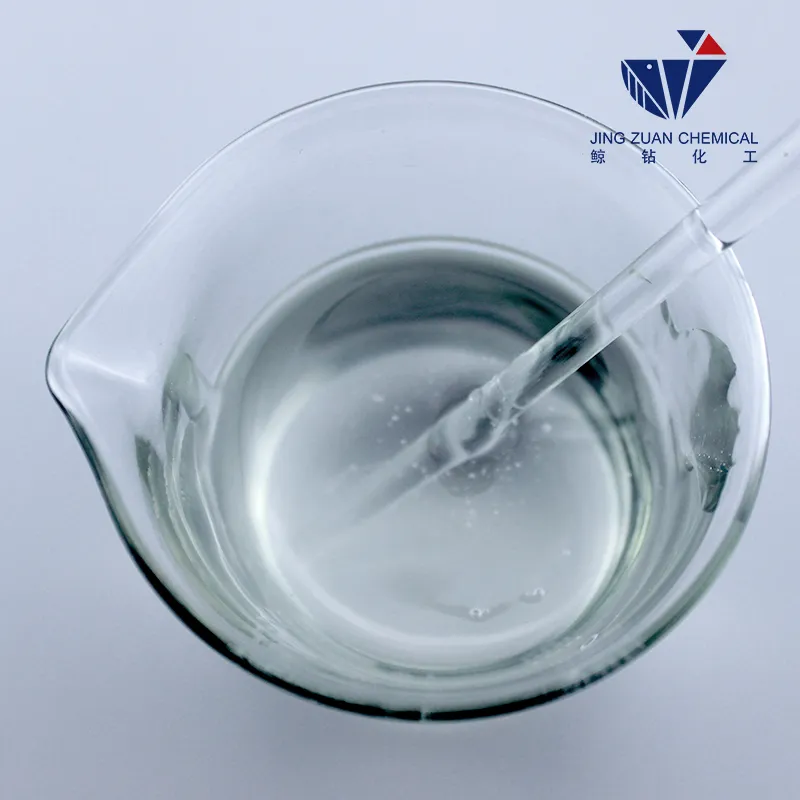
Oct . 10, 2024 17:48 Back to list
Optimizing Construction Techniques with HPMC for Enhanced Performance and Sustainability
The Importance of HPMC in Construction
Hydroxypropyl Methylcellulose (HPMC) is a versatile polymer that has gained significant traction in the construction industry due to its unique properties and multifaceted applications. As a cellulose derivative, HPMC is synthesized through the chemical modification of cellulose, which enhances its water solubility and adhesion characteristics, making it an indispensable component in various construction materials.
The Importance of HPMC in Construction
Moreover, HPMC serves as a water-retention agent, which is crucial in preventing the premature drying of cement-based materials. By retaining moisture, HPMC ensures that the hydration process of cement continues effectively, leading to stronger and more durable structures. This property is especially important in hot and dry climates where rapid evaporation can compromise the integrity of the construction.
construction hpmc

Another significant advantage of HPMC in construction is its role as a thickening agent. When added to paints and coatings, HPMC helps achieve the desired viscosity, improving the application performance. This ensures smoother finishes and enhances the overall aesthetic appeal of the surfaces being treated. Furthermore, HPMC is also unaffected by the pH levels in such systems, making it compatible with a wide range of products.
In addition to improving the physical properties of construction materials, HPMC also contributes to sustainability efforts within the industry. As a cellulose-based product, it is derived from renewable resources, making it an eco-friendly option compared to synthetic additives. Its use can reduce the environmental impact associated with construction activities, aligning with the growing emphasis on green building practices.
Furthermore, HPMC has been found to enhance the performance of functional additives, such as biocides and antifungal agents, in construction materials. This synergy prolongs the lifespan of products through improved resistance to mold and other forms of deterioration, contributing to the overall quality of the construction.
In conclusion, Hydroxypropyl Methylcellulose is a vital component in modern construction, providing numerous benefits that enhance the quality, durability, and sustainability of building materials. Its applications in mortars, plasters, paints, and coatings demonstrate its multifunctional capabilities, making it an essential ingredient for achieving superior construction outcomes. As the industry continues to evolve, the demand for HPMC is likely to increase, reflecting its significant role in promoting innovative and sustainable construction practices.
-
Versatile Hpmc Uses in Different Industries
NewsJun.19,2025
-
Redispersible Powder's Role in Enhancing Durability of Construction Products
NewsJun.19,2025
-
Hydroxyethyl Cellulose Applications Driving Green Industrial Processes
NewsJun.19,2025
-
Exploring Different Redispersible Polymer Powder
NewsJun.19,2025
-
Choosing the Right Mortar Bonding Agent
NewsJun.19,2025
-
Applications and Significance of China Hpmc in Modern Industries
NewsJun.19,2025







